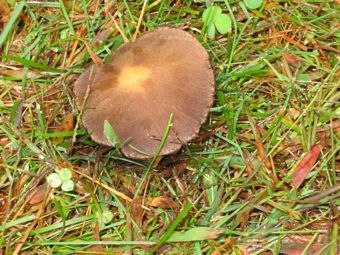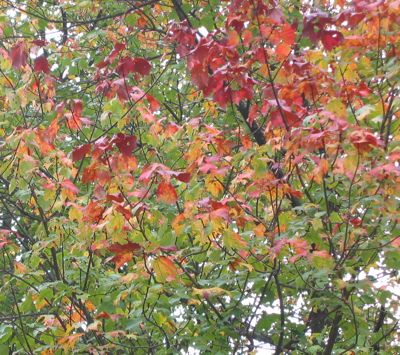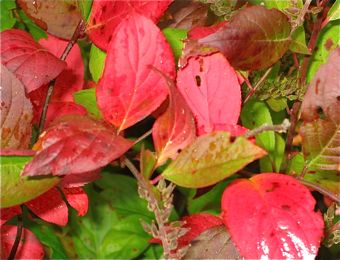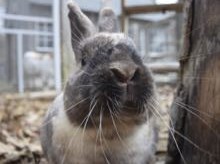…with these goats at the Fryeburg Fair last weekend:
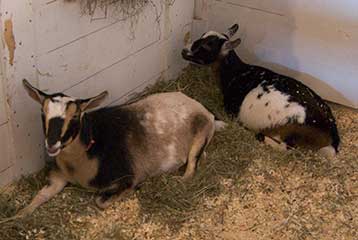
They are Nigerian Dwarf Goats; the breed is a mini-version of a dairy goat. About 50 years ago dwarf goats were imported to the States from Africa. Two lines have developed from that original stock. One is barrel-chested and stocky and used widely in petting zoos. I hear that they are escape artists, bossy, mischievous. Fun, but too much trouble. The other line is used on small homesteads that want to have just enough milk for a family. These goats, though still with that humorous goat-nature, are more docile. They’re also, I think, more elegant and have a kinder eye. I like their leggier proportions. I think they’re beautiful. But then, I’m a woman in love.
We are thinking about getting two wethers (gelded males) in the Spring. Am mulling over fencing options. Anyone out there have experience with these goats? Know a good breeder?
